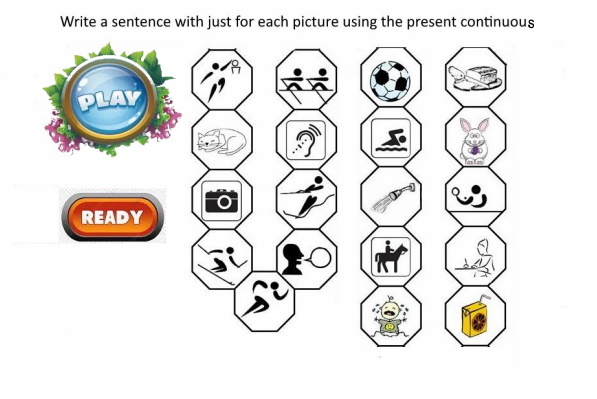LESSON No. 3 PEOPLE - PRESENT CONTINUOUS
GOAL:
Practice basic vocabulary words related to PRESENT CONTINUOUS, write a text describing people and places as well as to find opportunities to explore ideas and to build connections between different content area, events and feelings.
INTRODUCCIÓN: (Ver el video explicativo) 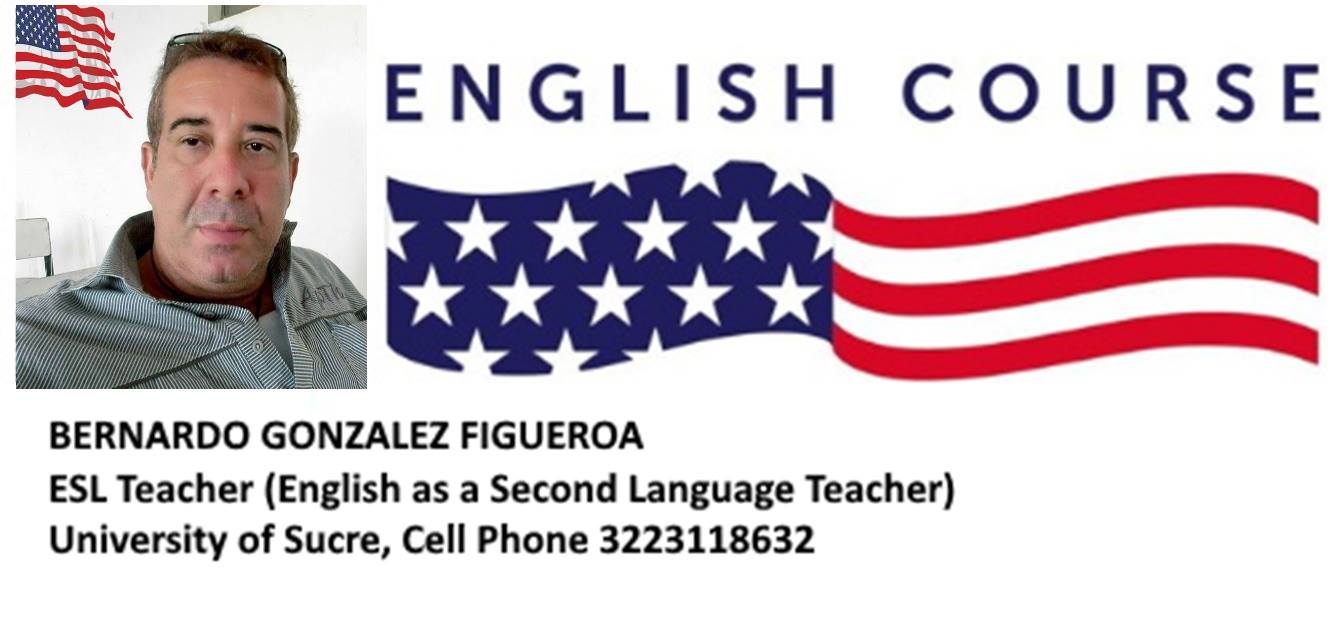
SIMPLE PRESENT AND PRESENT CONTINUOUS(Presente simple y Presente continuo)
1. EL PRESENTE SIMPLE: (PRESENT SIMPLE) CON VERBOS DISTINTOS A (BE, CAN, MAY)
La construcción del presente simple (Present Simple) en inglés es realmente fácil, tiene la estructura:
[SUJETO] + [VERBO] (en infinitivo sin to)
(NOTA: verbos diferentes a BE, MAY, CAN)
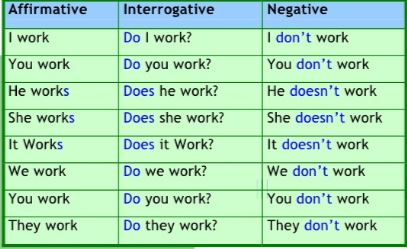

A tener en cuenta:
Si el sujeto es 3ª persona del singular se le añade una "-s" al verbo.
Veamos como ejemplo la conjugación del verbo "to live" (vivir) en presente simple:
Conjugación Significado
I live yo vivo
you live tú vives
he / she / it lives él / ella / ello vive
we live nosotros vivimos
you live vosotros vivís
they live ellos/ellas viven
LA INTERROGACIÓN EN EL PRESENTE SIMPLE
En las oraciones INTERROGATIVAS también se hace uso del verbo auxiliar TO DO. Anteponiéndolo al sujeto.
La estructura de las preguntas cerradas o de yes/no (es decir aquellas que no tienen partícula interrogativa) es:
DO(ES) + [SUJETO] + [VERBO] ?
Do you like music? ¿Te gusta la música?
Does he speak English? ¿Él habla inglés?
La estructura de las preguntas abiertas (es decir aquellas que tienen partícula interrogativa) es:
[PARTÍCULA INTERROGATIVA] + do(es) + [SUJETO] + [VERBO]?
Los verbo BE, CAN, MAY forman la negación y la interrogación sin necesidad del verbo auxiliar TO DO. Ejemplos:
You are not a pilot: Tu no eres un piloto - You can´t play soccer: Ustedes no pueden jugar futbol.
2. EL PESENTE CONTINUO (PRESENT CONTINUOUS)
El presente progresivo, también llamado el presente continuo, se forma con el verbo BE y un participio presente:
BE + (verb+ing). Este aspecto gramatical corresponde al verbo ESTAR + gerundio. Estas son las estructuras gramaticales para el presente continuo:
La estructura del presente continuo es:
SUJETO + AUXILIAR "TO BE" + RAÍZ DEL VERBO + ING.
Ejemplo: John is working (John está trabajando.)

¿CUÁLES SON LAS FORMAS DE EXPRESAR UNA ACCIÓN EN PRESENTE PROGRESIVO?
Como ya les había explicado, existen tres formas principales para enunciar una acción. Estas son:
1. Afirmativa: cuando estamos seguros de lo que enunciamos.
2. Negativa: cuando expresamos una negación ante un hecho o evento.
3. Interrogativa: cuando formulamos preguntas
respecto a un hecho o situación.

2. LESSON MATERIALS (read the following texts)
Descarga y lee el siguiente documento: https://grupovaughan.com/a/present-continuous-en-ingles/
Observa el siguiente video explicativo:
3. WORKSHEET: (Answer the following activities in your NOTEBOOK and send the evidences in a document PDF, WORD of JPG images)
3.1 1. Write and complete the text with the missing words. Translate into spanish this text.
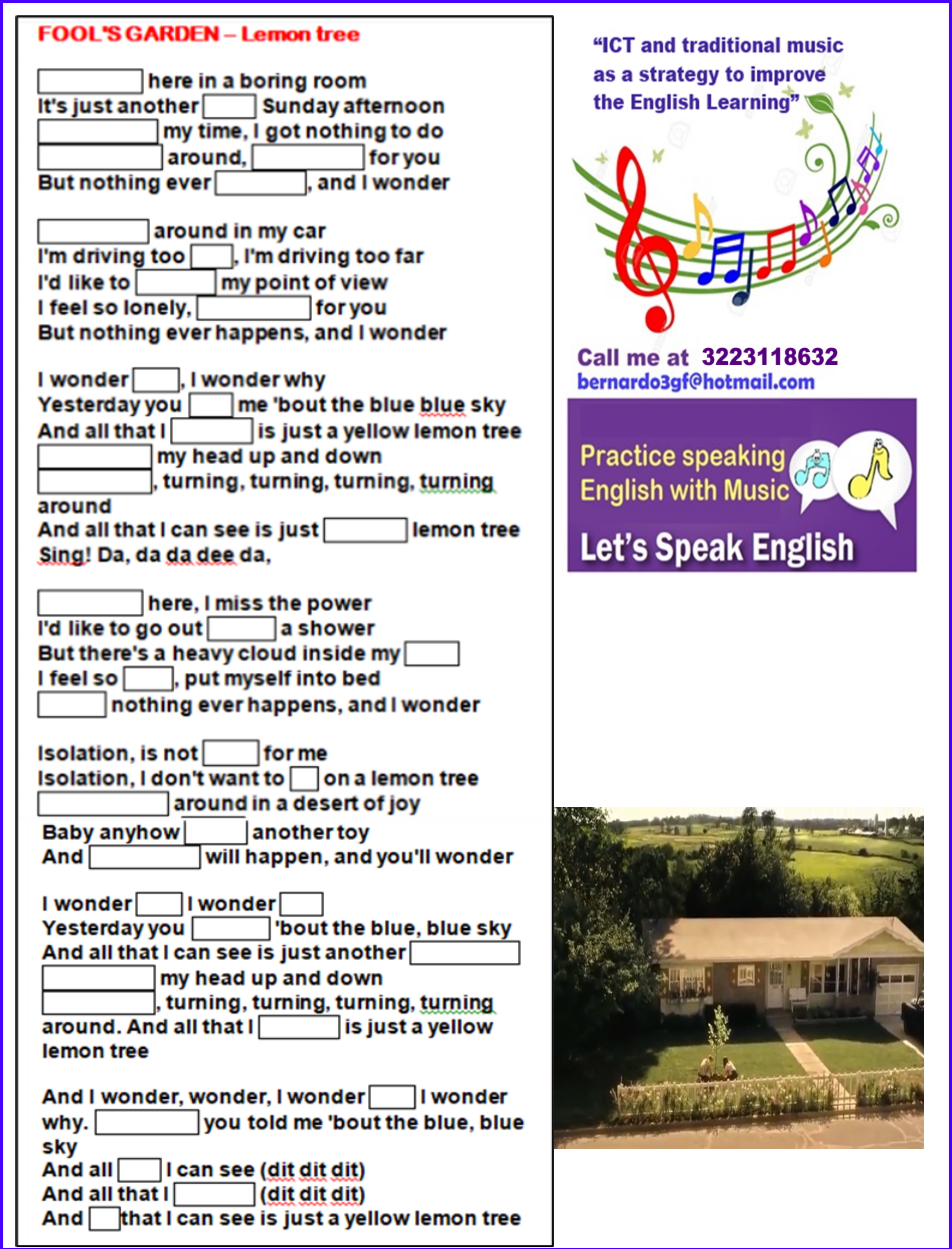
3.2 Read the before text aloud and record your reading in MP3 or MP4 format, as a strategy to improve pronunciation.
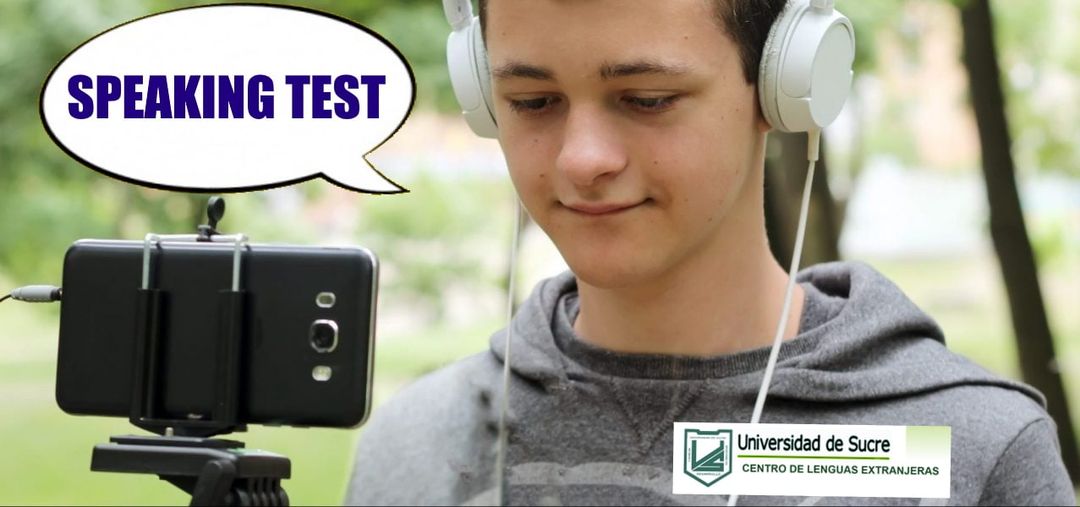
3.3 Write a sentence in continuous present tense according to each of the following images:
